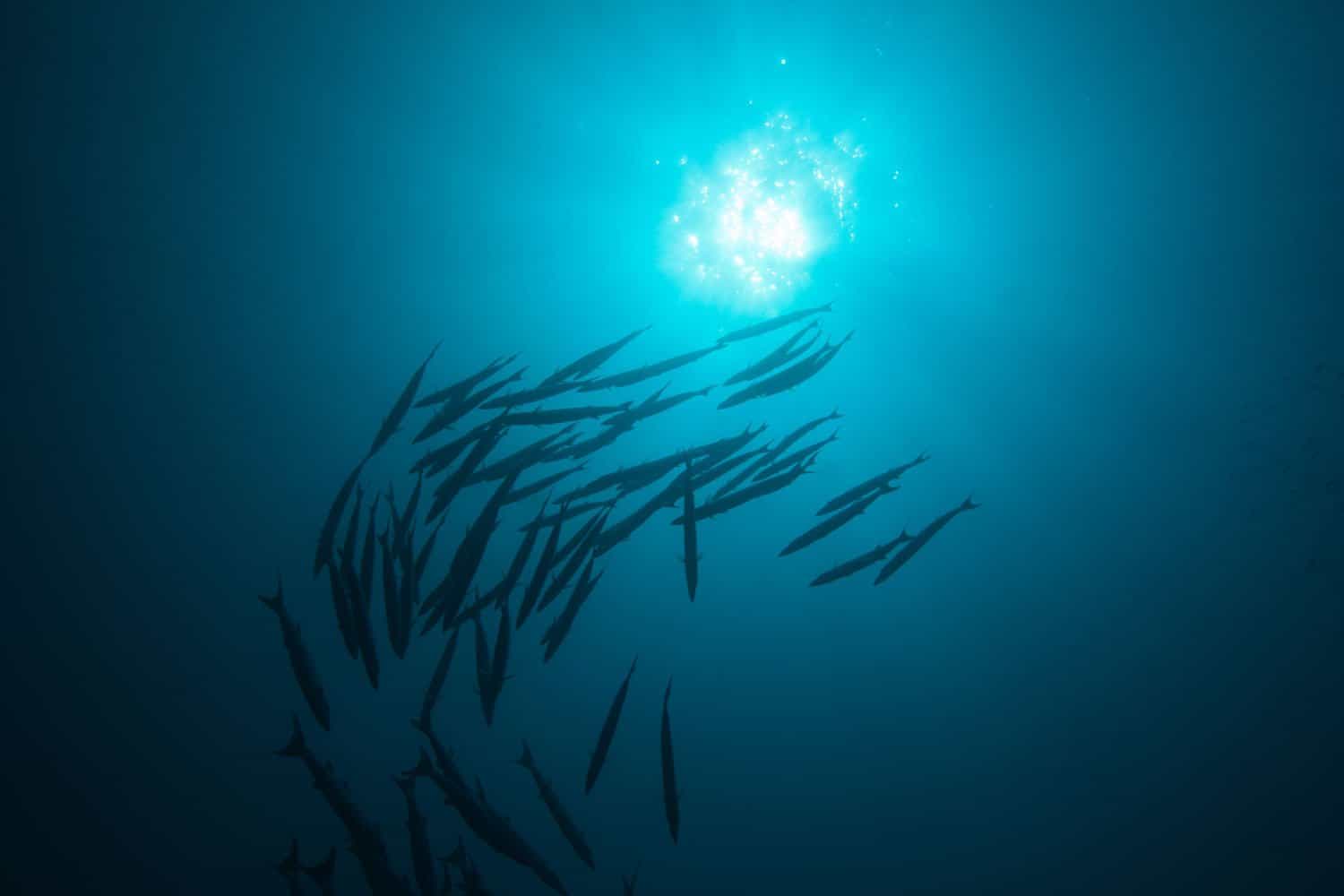The Vicious Cycle of Ocean Currents and Global Warming: Slowing Thermohaline Circulation

Contents
The world’s oceans play a major role in mitigating the greenhouse effect, as they absorb roughly a quarter of all carbon dioxide (CO2) emissions. As this atmospheric CO2 mixes with the ocean’s surface, it forms carbonic acid, and when carbon uptake occurs on a massive scale—as it has for the past few decades—the ocean acidifies. Coral reefs and shell-forming animals are especially susceptible to overly acidic water, and their possible extinction has led to the most vocal concerns about CO2 in the ocean.
Yet despite fears that much of today’s marine life could go extinct, this process of carbon uptake in the oceans could result in an even more disturbing cycle: increased atmospheric CO2 could stall ocean currents that are essential to maintaining global temperatures, thus accelerating global warming.
Warm salt water travels north from the South Atlantic Ocean to the Arctic where it cools, becomes more saline, sinks and travels back south. This process is known as thermohaline circulation, and it moves an enormous amount of heat through the Atlantic Ocean, maintaining present climates. The Gulf Stream is the most well-known ocean current, but NASA has created a helpful global animation of the entire process of thermohaline circulation.
Today, increasing levels of carbon dioxide absorption in the Atlantic Ocean threaten to slow these important currents and endanger the ocean’s ability to absorb our emissions.
Yet this is a threat that has been recognized for at least twenty years. In 1996, researchers Jorge Sarmiento and Corinne Le Quere found that ocean warming weakens thermohaline circulation. They concluded that this “weakened circulation reduces the ability of the ocean to absorb carbon dioxide, making the climate system even less forgiving of human emissions.” A year later, climate scientist Stefan Rahmstorf sought to understand the effects of doubling atmospheric carbon dioxide on the strength of thermohaline circulation. He looked at multiple model scenarios and discovered that thermohaline circulation could decrease by 20% to as much as 50%.
These findings suggest that if we continue to emit carbon dioxide on a large scale, we may soon be unable to rely on the ocean’s buffering capacity to mitigate our greenhouse effect.
Now, if the oceans, specifically the Atlantic Ocean, lose their ability to absorb massive amounts of carbon dioxide, presumably the process of ocean acidification will slow down, as well. But while this is a positive consequence of the ocean’s diminishing buffering capacity, it comes as a package deal with an increased level of carbon dioxide lingering in the atmosphere, augmenting the greenhouse effect. Nature might self-equilibrate to the benefit of coral reefs and shell-forming marine life, but scientists fear that the resulting increase of atmospheric carbon dioxide will further diminish thermohaline circulation and escalate the problem of global warming. This would lead to rising ocean temperatures and more Arctic ice melting.
Complicating this web of causes and effects, when more Arctic ice melts, it freshens the incoming salt water. As explained by Chris Mooney of the Washington Post, “if the water is less salty it will also be less dense, reducing its tendency to sink below the surface. This could slow or even eventually shut down the circulation.” This consequence feeds a cycle that decreases the buffering capacity of the oceans and raises ocean temperatures. Further complicating this relationship, a 2013 report on ocean acidification by the Congressional Research Service noted that “all gases, including CO2, are less soluble in water as temperature increases.” Thus, it seems inevitable that the oceans will become worse at absorbing carbon dioxide, that thermohaline circulation will diminish further, and that global warming will accelerate.
One can begin to see the multifaceted positive feedback cycle at work here. As we emit more carbon dioxide into the atmosphere, ocean temperature rises, Arctic ice melts, thermohaline circulation slows, and the ocean’s capacity to absorb carbon dioxide diminishes. This allows more carbon dioxide to enter the atmosphere, which causes the ocean temperatures to rise faster, the ice to melt faster, thermohaline circulation to slow further, and the ocean’s capacity to absorb carbon dioxide to diminish further. The process threatens to continue ad infinitum if we don’t cut carbon emissions. Sarmiento and Le Quere concluded their study with a warning: “the magnitude of future CO2 responses to such changes would be greatly magnified because of the reduced buffering capacity of the oceans under increased atmospheric CO2.”
This disturbing cycle highlights the ocean’s integral role in mitigating global warming, and makes it all the more urgent to find practical ways to cut carbon dioxide emissions. As complex and interconnected as this web of causes and effects is, carbon dioxide emissions are undeniably the root cause. While scientists and policy advisors have understood the dangers of carbon dioxide emissions for years, a deeper understanding of the ocean’s relationship with carbon dioxide offers further evidence of the need to begin limiting emissions now.
About the Future of Life Institute
The Future of Life Institute (FLI) is a global think tank with a team of 20+ full-time staff operating across the US and Europe. FLI has been working to steer the development of transformative technologies towards benefitting life and away from extreme large-scale risks since its founding in 2014. Find out more about our mission or explore our work.
Related content
Other posts about Climate & Environment, Recent News

The U.S. Public Wants Regulation (or Prohibition) of Expert‑Level and Superhuman AI

Poll Shows Broad Popularity of CA SB1047 to Regulate AI


